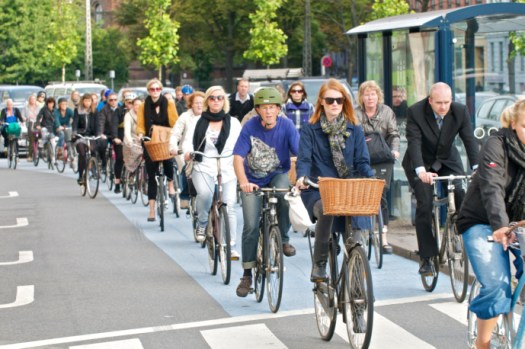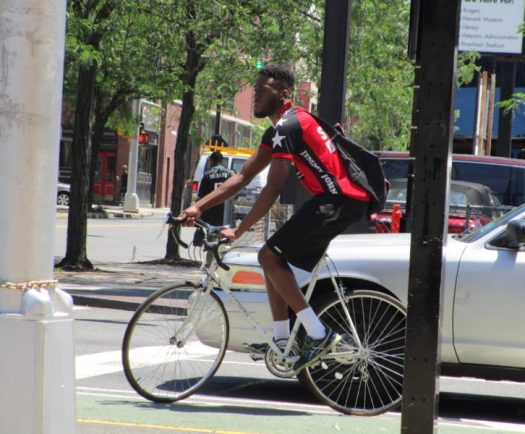APCSC stands with other advocacy groups in NJ in opposition to the proposed NJ helmet law.
Feel free to copy and paste any part of this article and contact your state legislators.
No state currently has helmet laws for adults.
Road design must change to PREVENT crashes involving people who bicycle, walk, run, scooter, skateboard, push strollers, as well as people who drive cars.
Please see: Safety in numbers: More walkers and bicyclists, safer walking and bicycling. A helmet law will worsen safety by discouraging bicycling, making it appear to be an inherently dangerous activity – dangerous of course because of drivers. A helmet law will mean the end of bike share programs.
Inequitable NJ law already exists requiring a bell and bike lights, and 3 out of 4 people ticketed for bell or light infractions are people of color.
Racial profiling of the Black and Latino community,
By Stefani Cox And Charles Brown: “For many, bicycling felt like an activity that simply makes one too vulnerable to be worth it.”
Helmets are of dubious efficacy – they are not tested in real-world scenarios. Please see: Bicycle Helmet Safety Institute. “A styrofoam hat is no match for a box truck or speeding Dodge Charger,” said Doug Gordon of Brooklyn Spoke.
Says Chris Bruntlett
… it is hard to overstate how our unnatural obsession with head protection is stifling the growth of our bicycle culture. It achieves little, except deterring the most casual cyclists, who also happen to be the slowest and safest ones on the road.
Bad driver behavior is a problem, but…
It has never worked to continually remind drivers to stop texting, obey traffic signals, and slow down. It’s impossible to change human behavior with signs, PSAs, even with laws. Automobile ads promote driver entitlement, and manufacturers are building distractions right into the dashboard. Larger and larger SUVs and trucks are killing more people, and cars that can exceed 100mph, and roads that invite speeding are all ongoing problems.
Jesse Singer’s book There Are No Accidents makes it clear that the system is responsible, not the individual. A helmet law will not keep bike riders safe from crashes, which kill 45,000 people a year in the US, and the number is rising. Crashes are not accidents, “preordained and unavoidable”.

So…
WHY DOESN’T EVERYBODY WEAR A HELMET?
Yale student How Sen writes, “If you do choose to wear a helmet when biking, don’t stop there: Learn how to properly and safely interact with vehicles. Share the road. Know your rights. Learn to take the lane and feel comfortable about it. Not only do motorists treat you differently when you’re wearing a helmet, studies show that helmets may be giving you a false sense of safety.”
“Statistics show that cyclists’ fear of head trauma is irrational if we compare it to some other risks. Head injuries aren’t just dangerous when you’re biking—head injuries are dangerous when you’re doing pretty much anything else.”
Only safe road design will mitigate traffic violence.
Everyone outside of a car is a vulnerable road user, and we cannot and should not depend on helmets, bells, and lights – or even drivers – to keep us safe. Only safe road design will mitigate traffic violence for everyone, including drivers themselves.
Onward~
Polli Schildge – Editor









